
views
Identifying and Assessing the Damage

Identify the presence of woodworm. Woodworm refers to the damage caused by wood-destroying insects that start out as eggs on the surface of the wood, and spend most of their lives as larvae under the surface. Identify woodworm by scanning the surface of the wood for a series of tiny holes on the surface, resembling pinpricks; these occur when the insect matures and exits the wood. Small heaps of powdery sawdust are also a sign; make sure to inspect the entire surface since the condition may only affect one small section of the wood. Look up pictures of woodworm to be sure that you are diagnosing the problem correctly.

Determine the extent of the damage. In many cases, woodworm damage is found along the upper layer of the wood, while the heart and surrounding layers remain untouched. When this is the case, the wood item will still be strong and salvageable. If the wood crumbles or breaks off with ease when handled, this is a sign that there is not much hope of saving the item, even after a treatment.
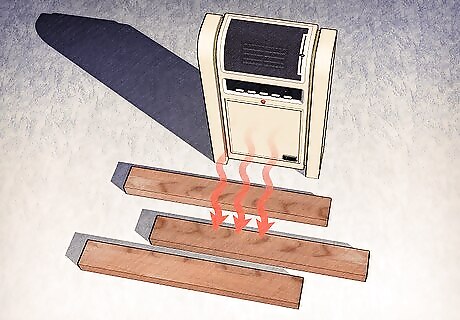
Try to dry out the wood. Before attempting any other treatments, try to dry out the affected wood; moisture is required to sustain the life of woodworm larvae, so drying the wood may solve the problem on its own. Place small pieces of furniture on a radiator or in the oven, and place larger items in a closet or small room with a space heater. Aim to heat to 140 degrees F and keep at this temperature for 24 hours to kill eggs, larvae and fully grown insects. Monitor items carefully while heating to avoid overheating wood or upholstery.
Using a Chemical Treatment Solution
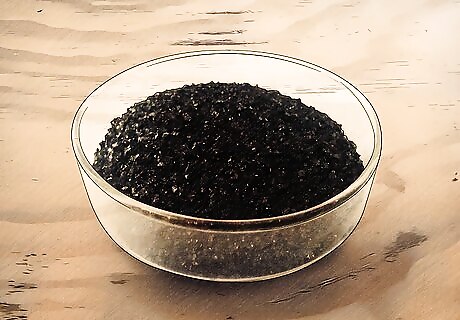
Purchase boron powder to make a treatment solution. Visit a hardware store to purchase a boron chemical powder; boron-based treatments are one of the safer options for an amateur to use. Ask the salesperson there for tips on applying the solution, and purchase other items you might need for the treatment: Garden sprayer Face mask Protective goggles Safety gloves
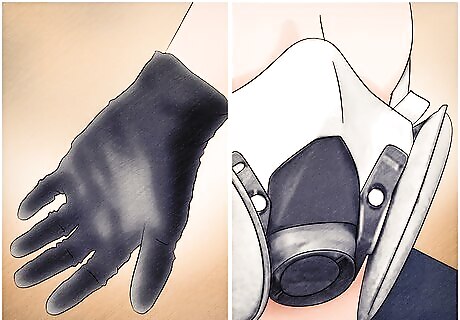
Take precautions before using the treatment. Chemical compounds can produce fumes that cause adverse reactions if touched or inhaled. If possible, bring the infected item outside for treatment; before working with the solution, take the time to put on a face mask along with a pair of safety goggles and gloves. This will minimize exposure to the skin and eyes and prevent inhalation of the gases released during the treatment phase. Make sure to cover the ground underneath the item as well.

Prepare the treatment solution. Boron powder is quite concentrated, so follow the instructions for mixing it with water very carefully. Respect the ratio of water to solution; the exact ratio will be indicated on the packaging and should be adhered to perfectly. When making a certain amount of the solution, factor in the size of the wooden item being treated and how many coats you will want to use. Pour the prepared treatment solution into a garden sprayer, making sure the unit is sealed tight to avoid accidentally spilling any of the solution. Be sure to keep the chemicals away from children and pets.

Coat the surface of the damaged wood. Apply an even coat of the treatment solution to the wood surface. Allow the coat to dry before attempting to move the wood; leave the item at least an hour before going back to check on it. This drying time will allow the solution to permeate the wood surface and help expedite the woodworm eradication. The solution can also be applied with a large paintbrush to get at small or hard to reach areas.
Hiring a Specialist to Treat Woodworm

Assess whether or not professional treatment is needed. If the woodworm infestation is too extensive, or if the woodworms have penetrated too deeply into the wood, you will need to turn to professional exterminators for help. Do-it-yourself chemical treatments only penetrate the surface layers of the wood and will be ineffective if the infestation is too severe. Signs that your woodworm infestation is severe enough to hire an exterminator include: Crumbling wood Weak and damaged floorboards Visible eggs, larvae or adult insects (beetles)
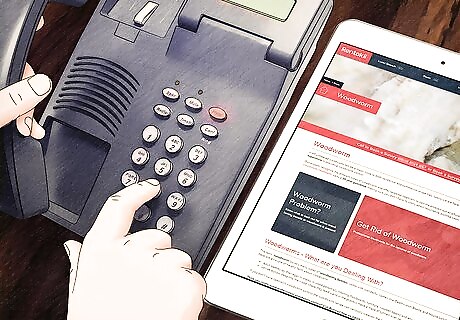
Research exterminators. Look online for reviews and recommendations of exterminators in your area. Ask friends or colleagues if they have dealt with similar issues, or if they have recommendations for local extermination companies. Call different companies for quotes and assessments before booking an appointment.
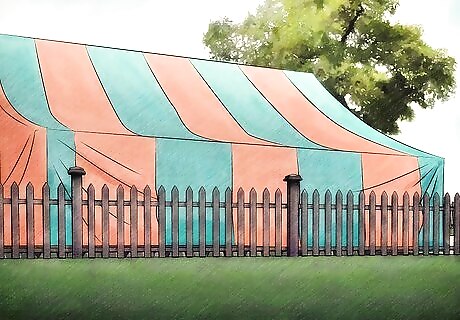
Prepare for extermination treatments. Once you know what plan of action the exterminator will be taking to treat your woodworm problem, plan ahead. If fumigation is needed, find a place to stay while that occurs. Other methods employed by exterminators might include: Spot application of strong pesticides that can only be used by certified professionals Freezing of infested furniture, which will be wrapped and placed in a walk-in freezer for several weeks














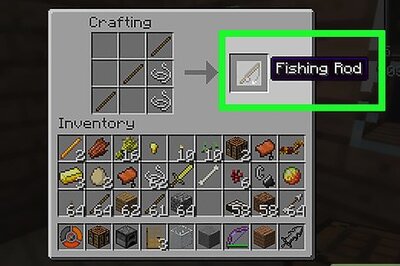


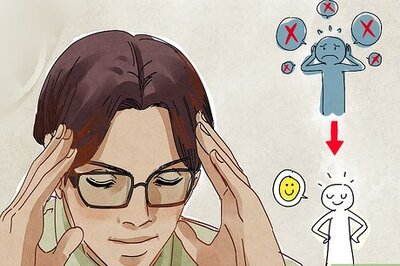


Comments
0 comment